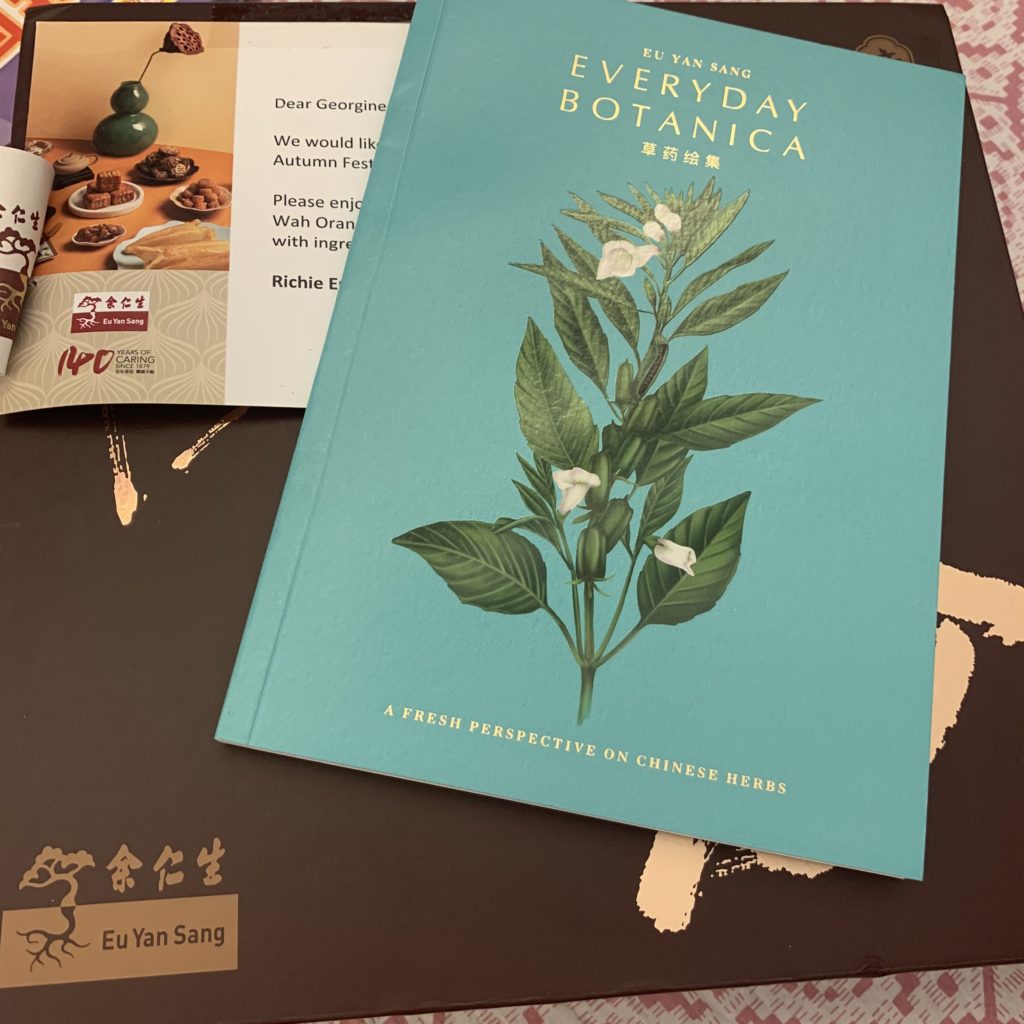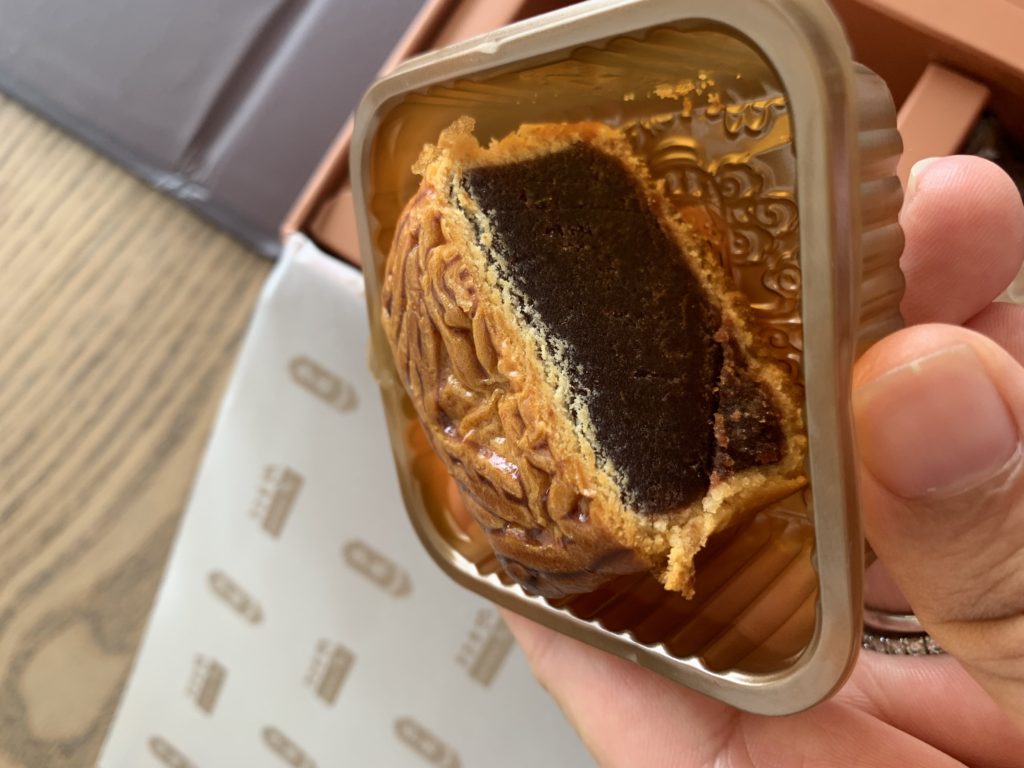Mooncake day
According to the Lunar calendar, today is the 14th day of the 8th month of the year, preceding Mid-Autumn Festival (中秋節) which is the 15th day, when the moon shines the brightest and is closest to earth. This is considered a ‘pagan festival’ which happens around the time of Autumn Equinox, for farming communities to celebrate harvest before they put away the year’s hard work from the fields to prepare for winter.
The Festival is honoured by many Chinese families around the world. The moon has a unique significance in Chinese culture resonating with family unity. Ancient poets had expressed their melancholy sentiments towards the moon especially when displaced from their home. So at this time of the year, many families come together to celebrate and honour this special occasion. Lanterns adorn in many public spaces to mark the festival and sometimes riddles are hidden inside – a popular activity with young people.
The tradition of eating mooncakes actually has another tale that is intertwined with the history of China. At the end of the Yuan dynasty ruled by the Mongols, the Han people wrote secret messages that were embedded in small pastries on Mid-Autumn Festival to organise a revolution. Over many years later, eating mooncakes became a custom on this day.
As a child, I remembered spending many evenings at my grandparents’ house in the New Territories of Hong Kong to celebrate Mid-Autumn Festival. It always started with a huge family meal – my father is one of nine so we would have a big grown-up table, and one for older cousins then younger ones. As usual, after we greeted every elder around their table, we would race to finish in order to play outside.
We would play ‘hide and seek’, ‘what’s the time Mr/Miss Wolf’, ‘1-2-3 traffic light’ or simply ran around. But at Mid-autumn festival, we would look forward to a collective activity – now prohibited – that was ‘cooking’ wax ‘煲蠟’. What we did was melting packets of Chinese red candles in a mooncake square tin, and let all the wicks stand in a blanket of soft wax. It was always phenomenal and considered lots of fun.
The highlight of the evening would be a tribute to the ‘moon goddess’ – this was more of a ritual than being superstitious, acknowledging how on this day, our family was able to come together as one – very important in Chinese culture. My grandmother would set up a table as a shrine adorned with plenty of fresh fruit and a few mooncakes, and we would take turns to bow towards the sky for good wishes and blessings. Being the matriarch of our family, she was steadfast in keeping these traditions. Even in later years when she moved to Macau until the day before she was hospitalised at her death bed, she would continue with these pagan practices and honouring her ancestors – something I think offered emotional comfort in times of change.
If I am completely honest, having the mooncakes was a bit of an anti-climax. Even for a good part of the 1990s, mooncakes, especially the Cantonese kind, were made of a heavy lotus seed paste with a double salted egg yolk and an outer thin crust. Considered as an annual treat, mooncakes were also made of lard to keep it moist. So they are quite heavy to the appetite and only consumed in minuscule amounts.
I don’t recall many children enjoying mooncakes because of its acquired texture and mouthfeel. Later as a teenager, I would have at most one-eighth of it just to be in the festive spirit, but most youngsters would never seek for it. So unlike chocolates at Christmas and Easter, mooncakes are one of those festive food which are truly enjoyed in moderation, if at all. They are definitely not the typical ‘cake’ you’d expected.
Nowadays, with more new product development and a stronger focus in healthier eating, you can now find a plethora of mooncakes on offer, marketed as lighter options using beans and fruit as filling and smaller portion sizes too (maybe only one-sixth of the size and calories). A lot of these are packaged very nicely and designed as a gift on this special occasion – very common amongst Chinese friends, families, and businesses.
I was recently given a box of red (azuki) bean and orange peel mooncake by one of my partners Eu Yan Sang Hong Kong who collaborated with the renowned Kee Wah Bakery.


It was interesting to see the use of more varied and everyday ingredients to modernise an age-old tradition. With this renewed interest, I expect people are actually buying and/or consuming more mooncakes each year, rather than limiting it to a tiny morsel to be savoured. It is not surprising then now, mooncakes become the focus of Mid-autumn celebrations, championed by the food industry instead of the home.

Wow, wonderful weblog structure! How long
have you ever been blogging for? you make running a blog glance easy.
The whole glance of your site is magnificent, as neatly as the content!
You can see similar here najlepszy sklep